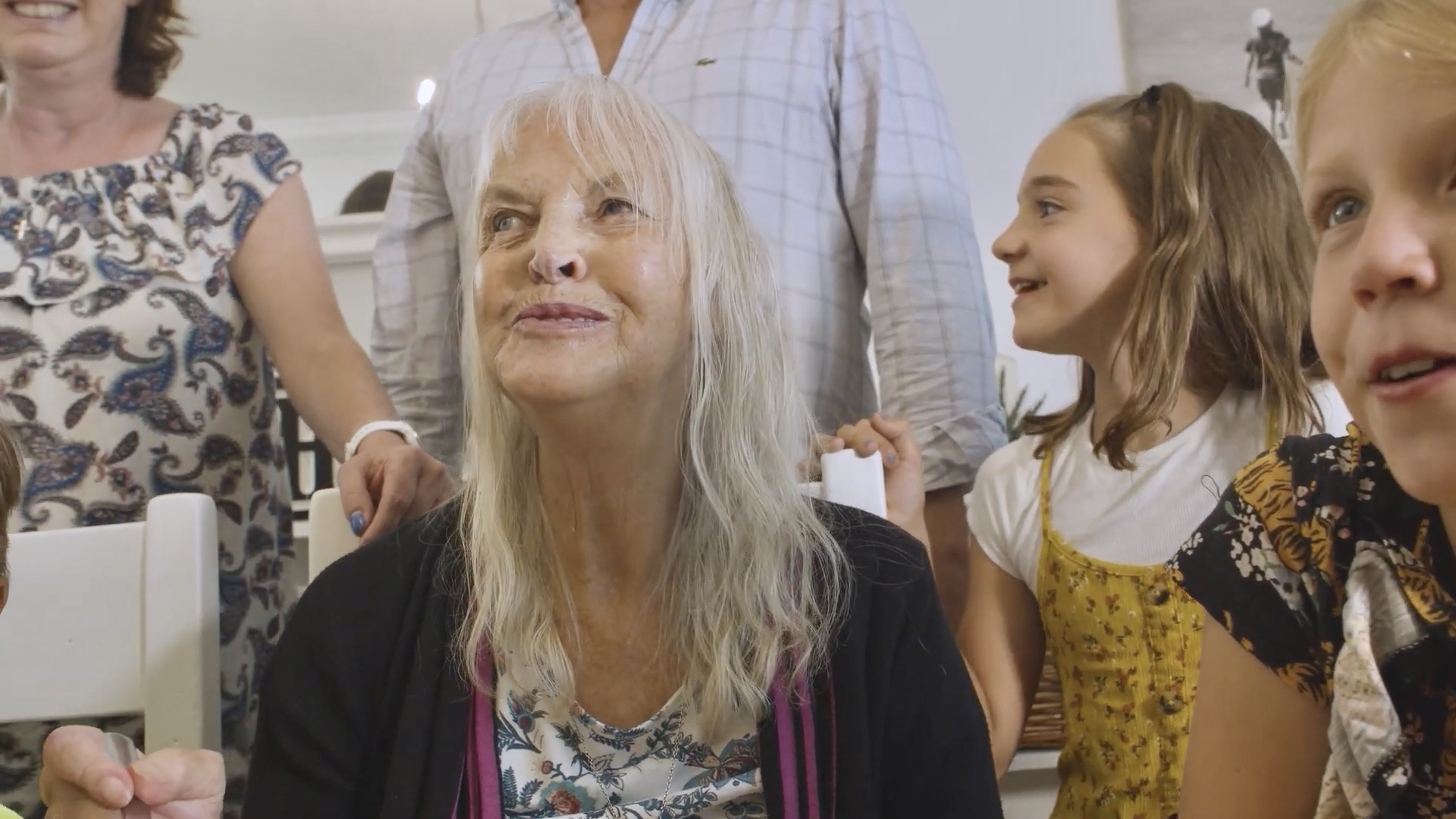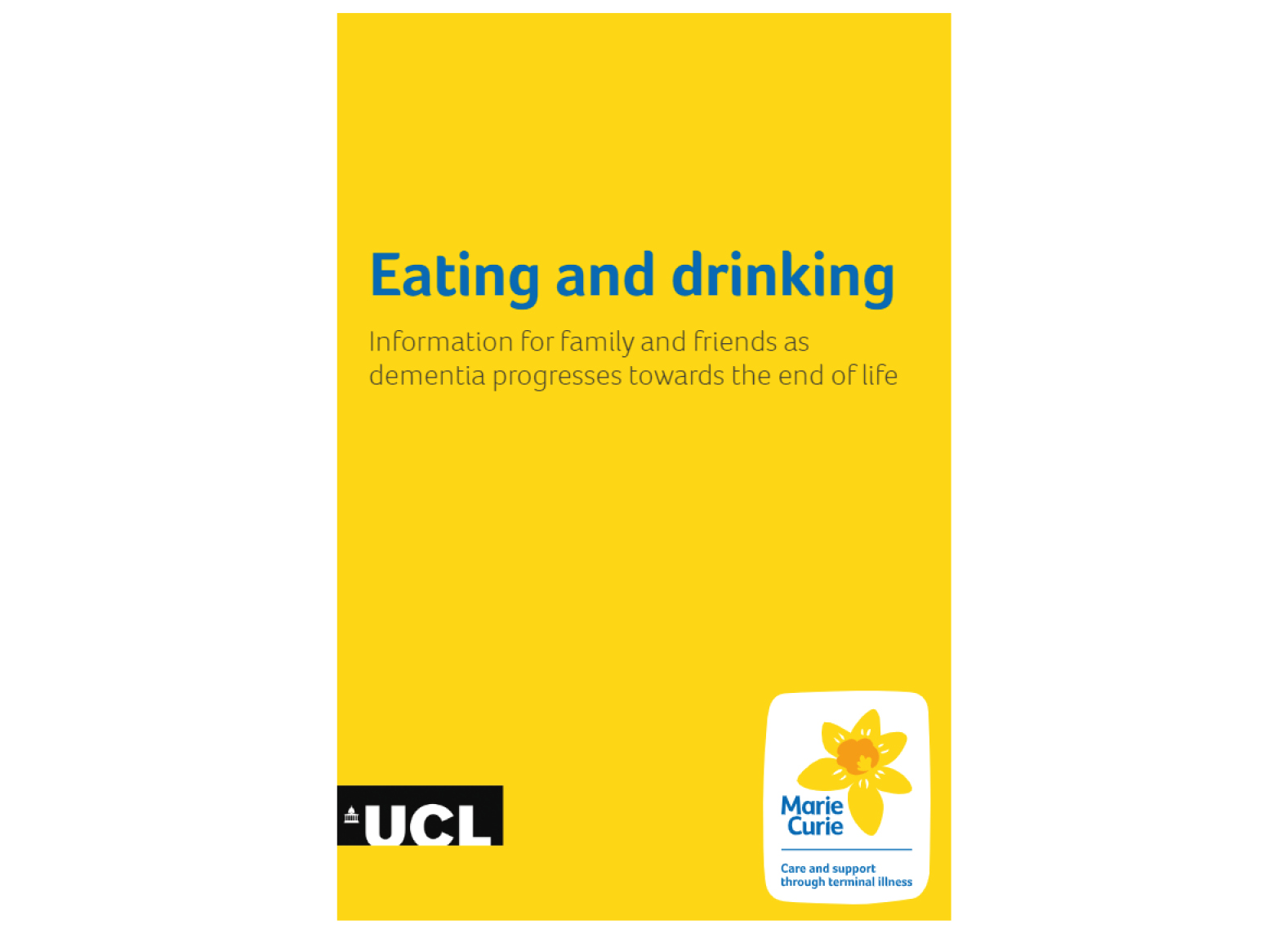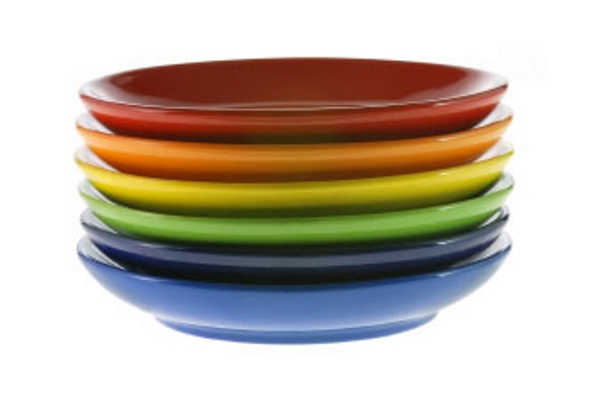No products in the basket.
Feasts to Remember by Sally Knocker
Tomatoes on Toast and other Feasts to Remember
Food and Memory
One of my favourite meals is sliced fresh tomatoes on toast with lots of ground black pepper. This takes me right back to my grandmother’s kitchen in a small cottage in West Sussex in England, where I spent many happy visits in my childhood. I can see her preparing the tomatoes and remember sitting with her at the table where we would sometimes do a crossword puzzle or play a game of patience together. She also made the best scrambled eggs and frothy, sweet, milky coffee.
Favourite foods are so often reminiscent of particular people and events in our lives. The rituals associated with family meals can also be important whether it is an everyday meal or a particular celebration. Food is much more than something which we need to survive physically. It also feeds our sense of identity and belonging.
Menus for a Lifetime
When supporting older people, there is increasing talk of creating music collections which link to people’s life stories, such as the ‘Playlists for Life’ initiative. But have we ever considered a similar focus on food – perhaps ‘Menus for a lifetime’ which charts some of the recipes, food and drink enjoyed by people in their childhood, working lives and on holidays for example? These could perhaps be recreated and talked about as part of valuing that person’s unique story.
Even more important perhaps is to note the food that people really dislike. I have a particularly bad memory of eating very pungent Goat’s cheese in a restaurant in France as a child, and I have never been able to touch it since. Some of the people we support will have similar negative associations with some food, but how will we always know and make sure that the Chef is aware of these?
Recognising Cultural Identity through Food
Food is also an important part of cultural identity and in some care homes, there have been great examples of where team members have brought in home-cooked recipes from the Philippines, Poland or India, for example, to share with people living and working in the home. The great smells, tastes and conversations that result in this sensory experience can be a welcome change to the usual menu of the day!
Conversation Starters
Creating conversation starters around food in the lead up to a meal can be a great way to whet the appetite:
“What is your signature dish?”
“When you were a child, was there anything you refused to eat?”
“What drink would you order at the bar on a night out?”
“What is your comfort food?”
Bringing in Recipe Books and grocery store magasines with pictures of different foods can also get people talking about meals they enjoy.
Food Heaven or Food Hell Choices?
So, when thinking what might be important to you if you were to live in a care home or attend a day centre, how confident are you that others would know your ‘food heaven’ or ‘food hell’ choices? How can we take time to find out more about these with the people we support, either by asking them directly or talking to their family and friends? Will you maybe make my day by bringing me tomatoes on toast…?
By Sally Knocker, Meaningful Care Matters Consultant Trainer
Meaningful Care Matters provides a range of educational resources on the topic of food and mealtimes as part of creating a sense of home with their Butterfly Approach.
For more information about our work, please contact: Admin@meaningfulcarematters.com













